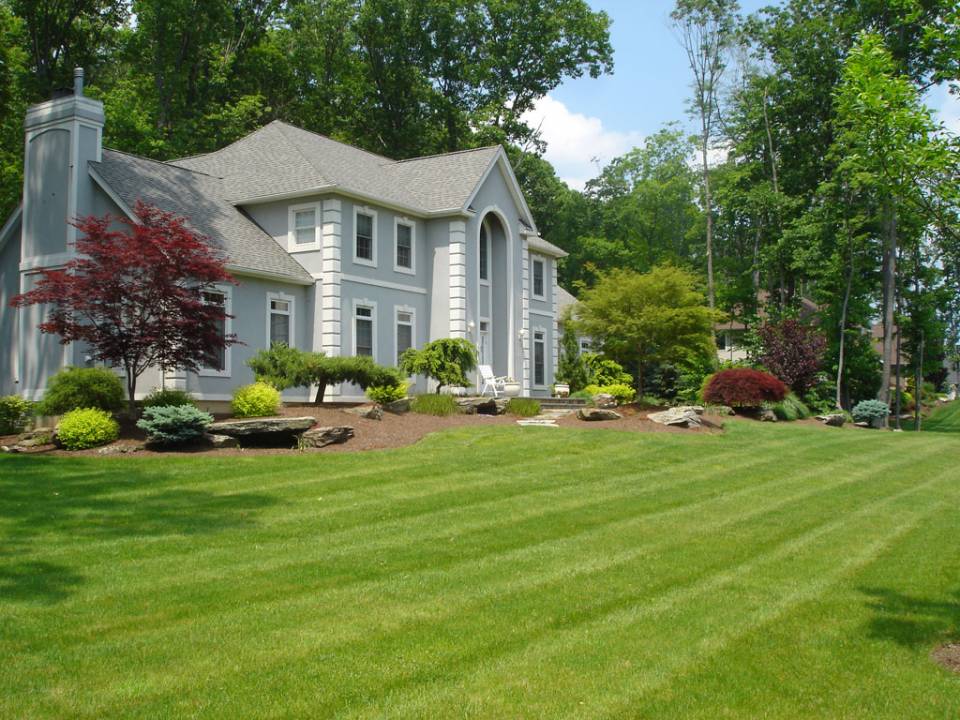
Sustainable Landscaping Practices: How to Create an Eco-Friendly Outdoor Space Oct 02, 2025
Understanding the Basics of Sustainable Landscaping
Sustainable landscaping revolves around minimizing environmental impact while maximizing the ecological benefits of your garden. This involves choosing plants wisely, conserving resources, and managing the garden ecosystem in a way that supports biodiversity. The key is to use intelligent planning to reduce chemical use, conserve water, and minimize waste, all while creating an aesthetically pleasing and functional space.
Select Native Plants
Choosing native plants is fundamental to sustainable landscaping. These plants are naturally adapted to the local climate and soil conditions, which means they require less water, fertilizer, and maintenance. Furthermore, native plants support local wildlife by providing food and habitat. Consider a diverse array of native shrubs, flowers, and grasses to maintain year-round interest in your garden while fostering a thriving ecosystem.
Conserve Water with Smart Irrigation
Water conservation is a cornerstone of sustainable landscaping. Implementing a smart irrigation system can significantly reduce water waste. Consider drip irrigation, which delivers water directly to the root zones of plants, reducing evaporation and runoff. Additionally, collecting rainwater in barrels for later use is a simple yet effective strategy to further conserve this precious resource. By adjusting your watering practices according to the seasons, you ensure your garden receives the right amount of moisture without overwatering.
Use Organic Materials and Mulching
Integrating organic materials is another essential component of eco-friendly landscaping. Composting plant waste and using it to enrich the soil can significantly reduce the need for chemical fertilizers. Additionally, consider using organic mulch materials such as wood chips or straw. Mulching supports soil health, retains moisture, and suppresses weeds, allowing your plants to thrive with minimal intervention.
Incorporate Hardscaping Thoughtfully
Hardscaping plays a critical role in sustainable landscape design. Materials such as stone, brick, or permeable pavers can help manage water runoff and reduce soil erosion. When designing pathways, patios, or retaining walls, choose locally sourced or recycled materials to minimize environmental impact. Thoughtful hardscaping not only enhances the usability of your outdoor space but also complements the natural beauty of the garden environment.
Create Habitats for Wildlife
Encourage biodiversity in your garden by creating habitats for local wildlife. Birdhouses, bee hotels, and cozy brush piles provide shelter and nesting spots for a variety of species. Planting a range of flowering plants will attract pollinators like bees and butterflies, further enhancing the ecological value of your garden. These features not only support the environment but also add a dynamic, lively touch to your outdoor space.
Conclusion: Step Towards Green Living
By adopting these sustainable landscaping practices, you contribute to environmental conservation while enjoying a beautiful and functional garden. At Tony Olsen Landscaping, we are committed to helping you create an eco-friendly outdoor space that meets your needs and aligns with your values. Embrace the journey towards sustainability and inspire others by making green choices in your landscape design. Together, we can create a healthier planet, one garden at a time.
/filters:no_upscale()/filters:format(webp)/media/ace4ec1a-1628-4e8a-beac-3f8989dab209.jpeg)
/filters:no_upscale()/filters:format(webp)/media/5b8653f4-e263-42bd-8aef-357192975285.jpeg)